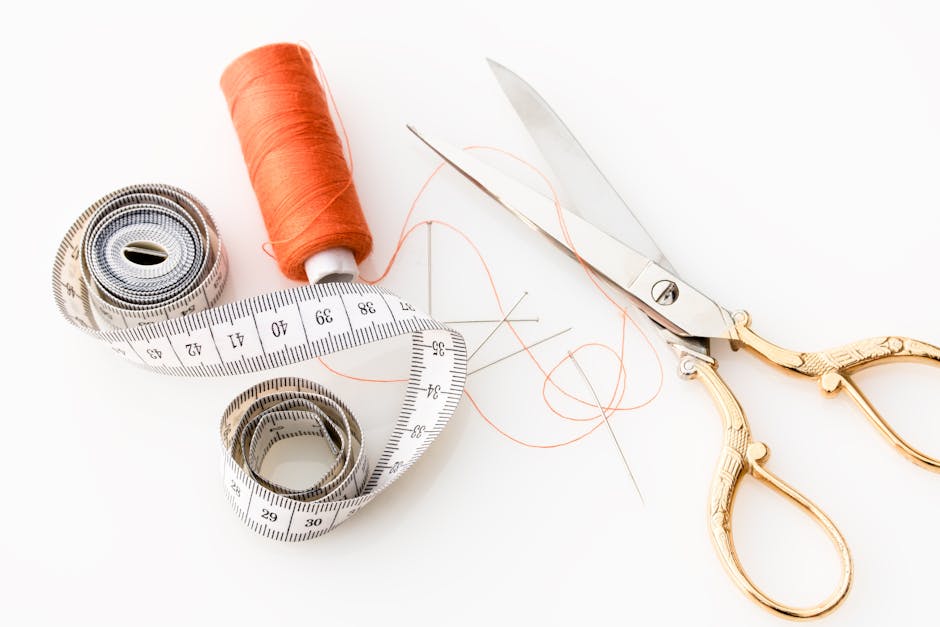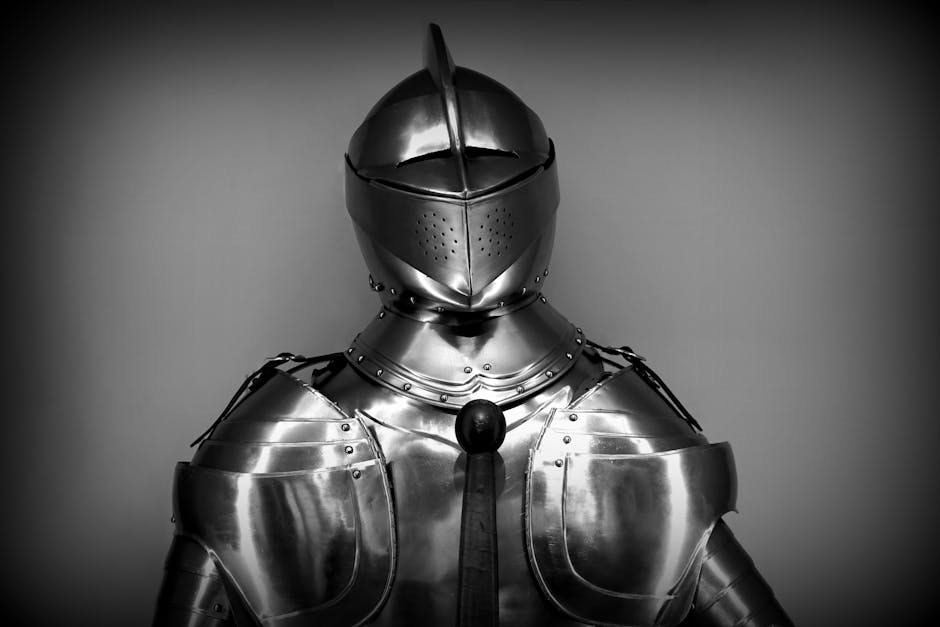Durability of Shears: How to Choose the Best Ones
When it comes to critical situations where every second counts, having reliable tools is essential. This is particularly true for *medical*, *emergency*, and *tactical professionals* who depend on their equipment to perform flawlessly. The durability of shears is a key factor that can make a significant difference in these high-stress environments. Durable shears ensure that you can make accurate and clean cuts, whether you're dealing with tough fabrics, seat belts, or even metal. Find out more about our range of premium trauma shears designed for durability and precision.
Understanding the elements that contribute to shear durability is the first step in choosing the best ones. From the materials used in their construction to the design features that enhance their performance, each aspect plays a crucial role. Additionally, proper maintenance can significantly extend the lifespan of your shears, ensuring they remain reliable tools in your kit.
Importance of Shear Durability

The importance of shear durability cannot be overstated, especially in professions where the reliability of your tools can directly impact outcomes. For *medical professionals*, durable shears ensure that you can swiftly cut through bandages, clothing, and other materials without hesitation. This speed and reliability are crucial during emergencies where every second matters.
For emergency responders such as EMTs and paramedics, durable shears mean the difference between quickly freeing a trapped individual and wasting precious time struggling with inadequate tools. In law enforcement and military contexts, the ability to depend on your shears can be a matter of life and death, whether you're cutting through seat belts to rescue someone or preparing equipment in the field.
Furthermore, investing in durable shears reduces long-term costs. High-quality, durable tools require fewer replacements, saving both time and money. They also ensure that you're always prepared for the unexpected, providing peace of mind in critical situations. In sum, the durability of shears is a cornerstone of their effectiveness, making them indispensable tools for professionals committed to saving lives and ensuring safety.
Materials Used in Shears

The *materials used in shears* play a pivotal role in their performance and durability. When selecting shears, it is essential to understand the different materials and their respective advantages. The most common materials used in high-quality trauma shears include stainless steel, high-carbon steel, and titanium-coated alloys.
Stainless steel is renowned for its corrosion resistance, making it ideal for medical environments where sterilization and exposure to bodily fluids are frequent. It is also relatively easy to maintain and sharpen, ensuring a long-lasting cutting edge. However, stainless steel may not be as hard as other materials, which can affect its overall durability.
High-carbon steel offers a superior level of hardness and sharpness retention. This material can maintain a razor-sharp edge longer than stainless steel, making it perfect for demanding tasks. However, it is more susceptible to rust and corrosion, necessitating regular maintenance and proper storage to prolong its lifespan.
Titanium-coated alloys combine the best of both worlds by providing excellent hardness, sharpness retention, and corrosion resistance. The titanium coating enhances the blade's durability, making it less prone to wear and tear. This makes titanium-coated shears an excellent choice for professionals who require a reliable tool under various conditions.
By understanding the materials used in shears, you can make an informed decision that ensures your tool's longevity and performance in critical moments. Choose wisely, and your shears will be a trusted companion in your professional toolkit.
Design Features for Durability

The *design features* of shears significantly contribute to their *durability* and overall performance. When evaluating shears, consider these key design elements that enhance their longevity and reliability:
- Ergonomic Handles: Ergonomic handles are designed to fit comfortably in the user’s hand, reducing fatigue during extended use. Handles made from durable materials such as reinforced plastic or rubber can withstand significant wear and tear while offering a secure grip.
- Riveted Joints: The joint where the two blades meet is crucial for the shears' function. Riveted joints, as opposed to screwed joints, provide a more robust and stable connection that can endure repeated heavy use without loosening over time.
- Serrated Blades: Serrated blades add to the cutting efficiency and durability of the shears. The micro-serrations grip the material being cut, preventing it from slipping and allowing for cleaner, more precise cuts. This design is particularly beneficial for cutting through tough materials like leather, denim, and seatbelts.
- Blade Thickness: Thicker blades are generally more durable and less likely to bend or break under pressure. A well-designed pair of shears will have blades that are thick enough to handle tough materials yet precise enough for detailed work.
- Safety Tip: A blunt or rounded safety tip is essential for trauma shears, as it prevents injury to the patient while cutting clothing or bandages. This feature enhances the shears' functionality without compromising their durability.
Considering these design features will ensure that you choose shears that not only perform well but also stand the test of time. High-quality design elements are what separate reliable shears from those that may fail when you need them most.
Proper Maintenance of Shears

Ensuring the *longevity and reliability* of your shears involves more than just choosing a durable design; *proper maintenance* is crucial. Here are some essential tips for maintaining your trauma shears to keep them in optimal condition:
- Regular Cleaning: After each use, clean your shears thoroughly to remove any blood, bodily fluids, or other contaminants. Use warm soapy water and a soft cloth to wipe down the blades and handles. For a deeper clean, consider using an appropriate disinfectant to ensure all pathogens are eliminated.
- Drying: Moisture can lead to rust and corrosion, even on high-quality stainless steel blades. After cleaning, always dry your shears completely with a clean, dry cloth. Pay extra attention to the joint area where moisture can accumulate.
- Sharpening: Over time, the blades of your shears may become dull, reducing their effectiveness. Regularly sharpen the blades using a sharpening stone or a professional sharpening service to maintain their cutting efficiency. Be mindful of the serrated edges, which may require specialized sharpening techniques.
- Lubrication: The joint of the shears can become stiff, especially after frequent cleaning and drying. Apply a small amount of lubricant, such as mineral oil, to the joint to ensure smooth operation. Wipe away any excess oil to prevent it from attracting dirt and debris.
- Storage: Store your shears in a dry, safe place when not in use. Consider using a protective sheath or case to prevent damage to the blades and handles. Avoid storing them in damp or humid environments, which can accelerate corrosion.
By following these maintenance tips, you can extend the life and performance of your trauma shears, ensuring they are always ready for critical situations. Proper care not only preserves the integrity of the shears but also guarantees their reliability when you need them most.
Choosing the Best Shears
When it comes to selecting the right trauma shears, several factors need to be considered to ensure you make the best choice. *Quality, functionality, and user-specific needs* are paramount in the decision-making process. Here are some key aspects to consider:
- Material: The durability of shears largely depends on the materials used. High-quality stainless steel is preferred for its *corrosion resistance* and *strength*. Some shears also feature titanium coatings for added durability and reduced weight.
- Design: Ergonomic design is crucial for comfort and efficiency, especially during prolonged use. Look for shears with *contoured handles* and *non-slip grips* to reduce hand fatigue and enhance control.
- Blade Features: Serrated blades provide a better grip on materials, ensuring clean cuts through tough fabrics and materials. Additionally, blunt tips are essential for safety, preventing injuries during emergency situations.
- Size: Shears come in various sizes, typically ranging from 5.5 to 7.5 inches. Choose a size that feels comfortable and suits your specific needs. Smaller shears are more portable, while larger ones offer more cutting power.
- Additional Features: Some shears come with extra features such as built-in oxygen tank wrenches, carabiner clips, and lanyard holes. These added functionalities can enhance the versatility and convenience of your shears.
Investing in a pair of high-quality trauma shears is essential for anyone in the medical, emergency, or tactical fields. By considering these factors, you can make an informed decision that ensures your shears are up to the task, providing reliable performance when you need it most.
Find out more and explore our premium selection of trauma shears by visiting our website at www.oneshear.com.





